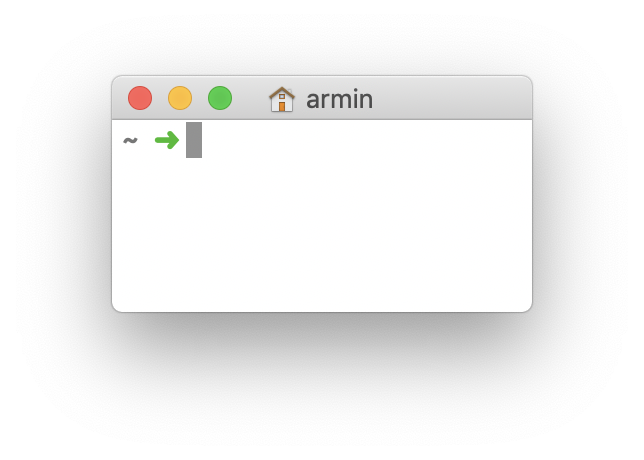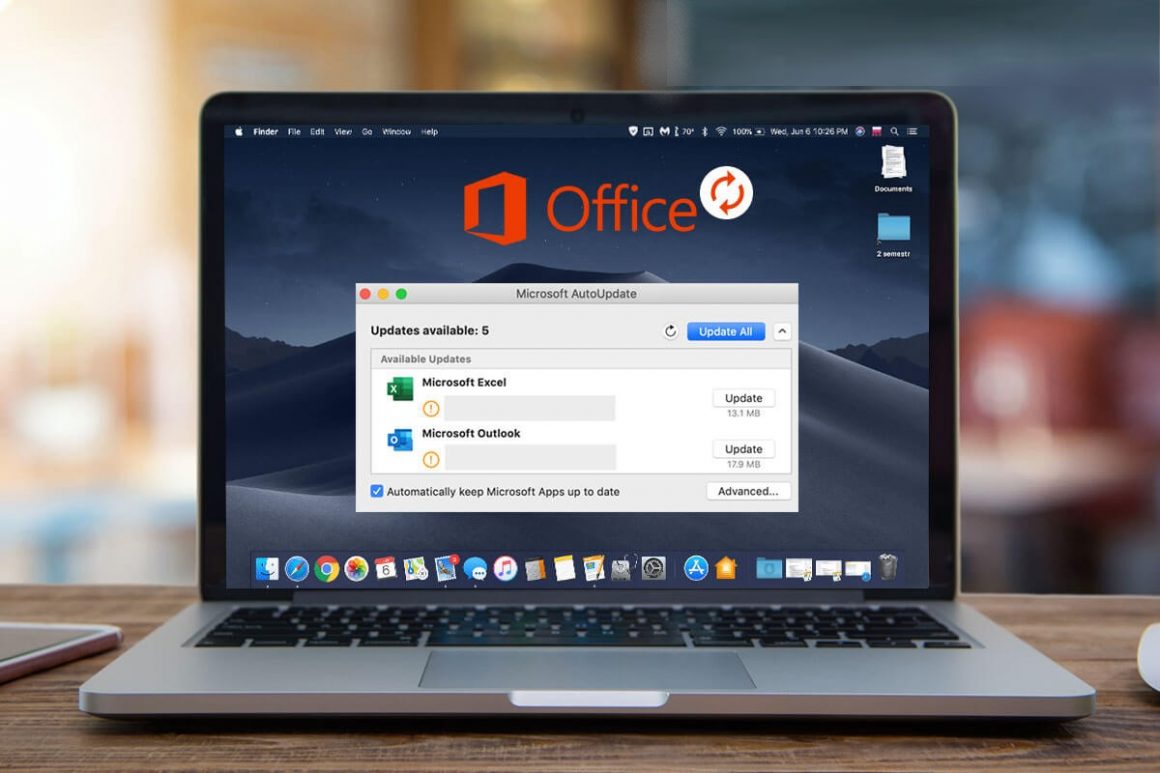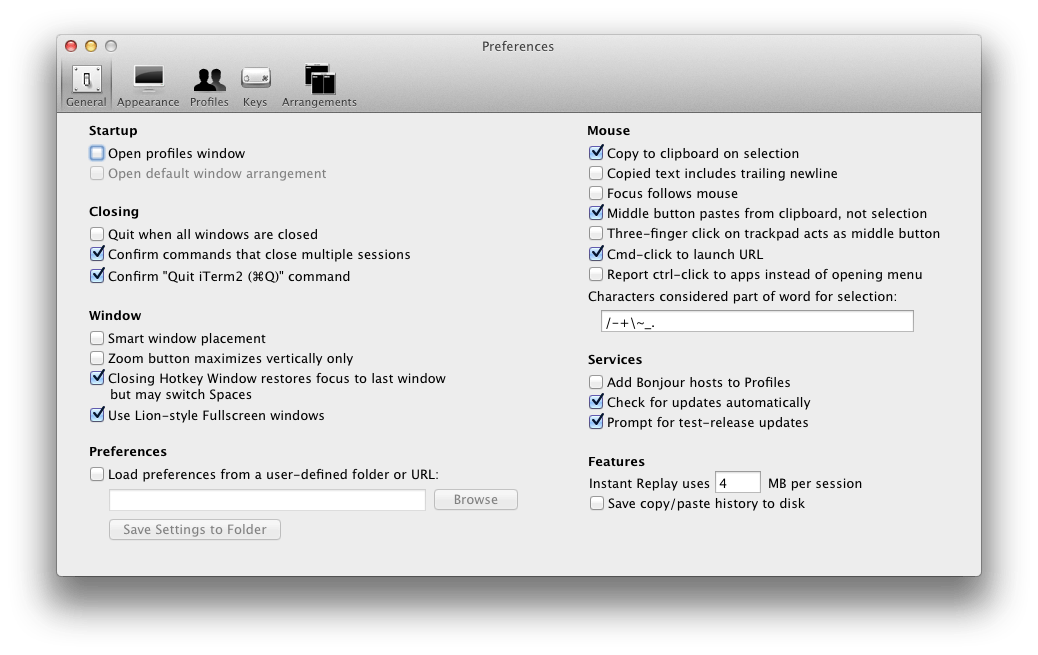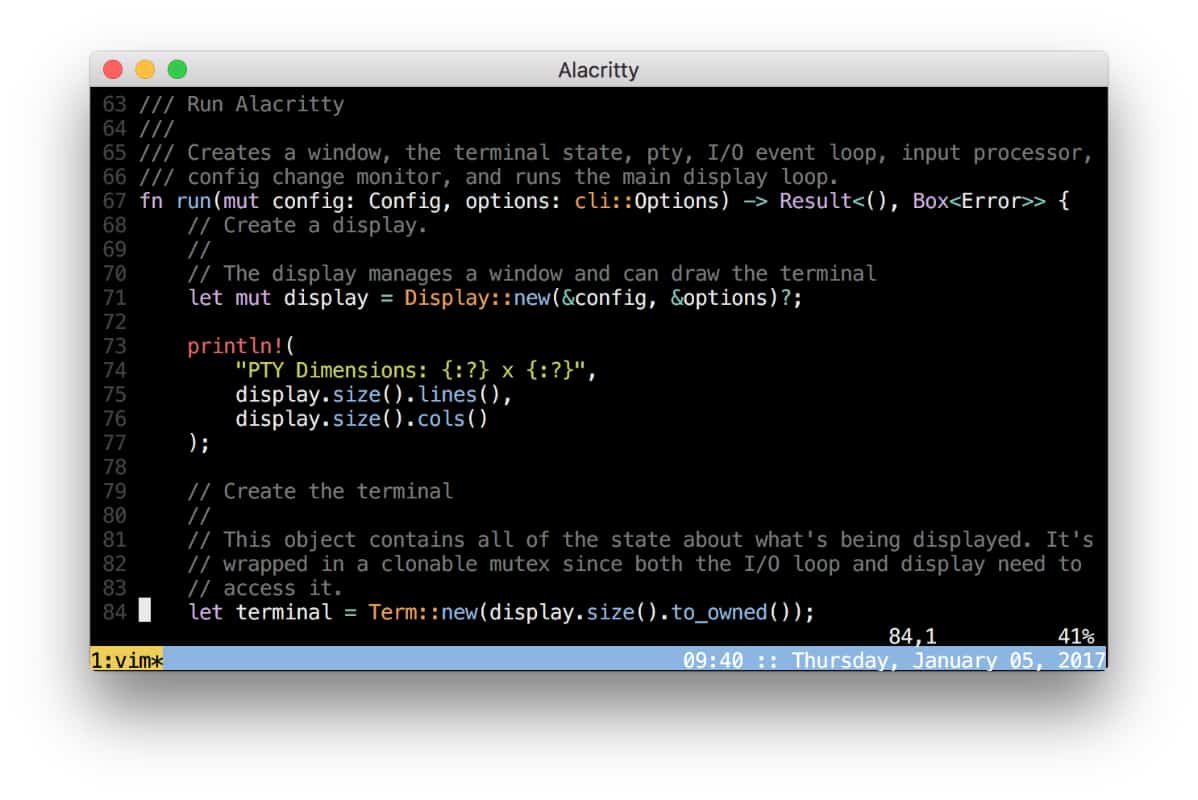

- #MAC OS X TERMINAL UPDATE HOW TO#
- #MAC OS X TERMINAL UPDATE INSTALL#
- #MAC OS X TERMINAL UPDATE SOFTWARE#
- #MAC OS X TERMINAL UPDATE PASSWORD#
- #MAC OS X TERMINAL UPDATE DOWNLOAD#
You can get the latest version of Apple's Xcode here. You may want to run this while you're sleeping. Xcode is a whopping 11 gigabytes, but you'll want to be up-to-date. Xcode is a tool created by Apple that includes all the C libraries and other tools that Python uses when it runs on MacOS. If you encounter an error that "C compiler cannot create executables" then the simplest way to solve this is to reinstall Apple's Xcode.
#MAC OS X TERMINAL UPDATE INSTALL#
For example, once Python 4.0.0 comes out, you can run this: pyenv install 4.0.0 Troubleshooting pyenv Installation Note that you can substitute 3.9.2 for whatever the latest version of Python is. Now you just need to run the following command: pyenv install 3.9.2
#MAC OS X TERMINAL UPDATE HOW TO#
How to Use pyenv to Install Python or Update Your Python Version Now you can install the latest version of Python. Run this command: brew install pyenv PyEnv installing This library will help you switch between different versions of Python (in case you need to run Python 2.x for some reason, and in anticipation of Python 4.0 coming). Now let's take a moment to install PyEnv. (Or press any other key if you get cold feet.) How to Install pyenv to Manage Your Python Versions Homebrew will ask you to confirm you want to install the following.

Your terminal will probably look different from this. A screenshot of my heavily customized terminal.
#MAC OS X TERMINAL UPDATE PASSWORD#
This is the same password you type when you log into your Mac. You will need to type your password to run this command.

Your terminal will ask for Super User-level access. Now that you're in a command line, you can install the latest version of Homebrew by running this command: /bin/bash -c "$(curl -fsSL )" You can do this by using MacOS spotlight (command+space) and typing "terminal". How to Install Homebrew on Macįirst you need to install Homebrew, a powerful package manager for Mac. By the way, if you're wondering why I keep referring to Python 3.x – the x is a stand-in for sub-versions (or point releases as developers call them.) This means any version of Python 3. Have a fun day and happy coding.īut if you want a proper Python version control system to keep track of various versions – and have fine-grain control over which version you use – this tutorial will show you exactly how to accomplish this. You can run Python 3 using this command (with the 3 at the end). A Single Command to Run Python 3įor some of you reading this, this command may be enough. Until Apple decides to set Python 3.x, as the default you're going to have to install it yourself. Instead, it is recommended that you transition to using 'python3' from within Terminal. Future versions of macOS will not include Python 2.7. This version is included in macOS for compatibility with legacy software. If you try to run Python from your MacOS terminal, you'll even see this warning: WARNING: Python 2.7 is not recommended. And Python 4.x will be out soon, but it will be completely backward compatible. The entire Python community has now moved on to using Python 3.x (the current version as of writing this is 3.9). But it's Python Version 2.7, which is now deprecated (abandoned by the Python developer community). Update: Don’t miss this documentation from JAMF for more on the subject.MacOS comes with Python pre-installed. I wish Apple would just have a support document up with direct downloads for all of this stuff, but this tool is not a bad alternative. Softwareupdate -fetch-full-installer -full-installer-version 10.13.6
#MAC OS X TERMINAL UPDATE DOWNLOAD#
I was not able to test if 10.13.6 would download the hardware specific build of 10.13.6 for the 2018 MacBook Pro, since I do not have that hardware. The -fetch-full-installer flag has a sub-flag: -full-installer-version which allows you to download a specific version.ĭuring my testing in the Catalina beta version I was able to download 10.15, 10.14.6, 10.14.5, and 10.13.6. The softwareupdate command has some neat tricks up its sleeve, as pointed out by Armin Briegel: This command will download the most recent version of macOS, depositing it in your Applications folder: Thankfully, macOS installers can be downloaded via Terminal in macOS Catalina.

#MAC OS X TERMINAL UPDATE SOFTWARE#
However, I’ve run into a situation several times where the Software Update mechanism simply refuses to initiate a download: Most of the time, you can re-download the current version of macOS via the Mac App Store, and older ones via these links:


 0 kommentar(er)
0 kommentar(er)
